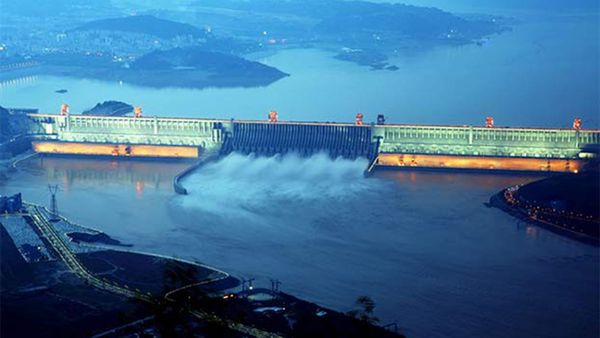Long before the World Trade Center became synonymous with the most damaging terrorist attack in U.S. history, it was a symbol of engineering brilliance. Upon its completion in 1973, the two towers that rose from the 16-acre (64749.7-square-meter) complex consisting of seven different buildings in lower Manhattan were the tallest structures in the world. But the construction of such mammoth structures had its challenges.
The first major challenge was the building site itself. The location selected for the project, on Manhattan's Lower West Side, had been built upon generations of landfill that had actually grown and compacted on itself so much that it had extended the Lower West Side of Manhattan into the Hudson River. To reach a solid base of bedrock, workers had to dig down 70 feet (21.3 meters). But because of the proximity of the river, a barrier needed to be created that would keep the excavated section of the city from filling with water as fast as the earth was removed.
Advertisement
The answer was something that became known as the slurry trench method. A trench dug deep in the ground was filled with a slurry mixture made from water and an expanding clay known as bentonite. This slurry was denser than the surrounding dirt, so it kept the ditch from caving in. Once filled with the mixture, a steel cage was dropped in that weighed 25 tons and stretched to a height of seven stories. Concrete was then poured into the trench. As the concrete was heavier than the slurry, it forced the clay mixture out and hardened around the cage, making a section of underground wall. Workers then moved on to the next section. When the wall was complete, forming what became known as the "bathtub," the rest of the earth was removed from inside it without danger of flooding the newly opened space.
Another concern unique to the construction of the World Trade Center was the fact that the PATH commuter rail line ran directly through the center of the construction site. Instead of interrupting service, engineers designed a protective cradle for the underground line and as a result, the train ran throughout the entire project, carrying 130,000 passengers a day [source: 911veritas].
Advertisement

